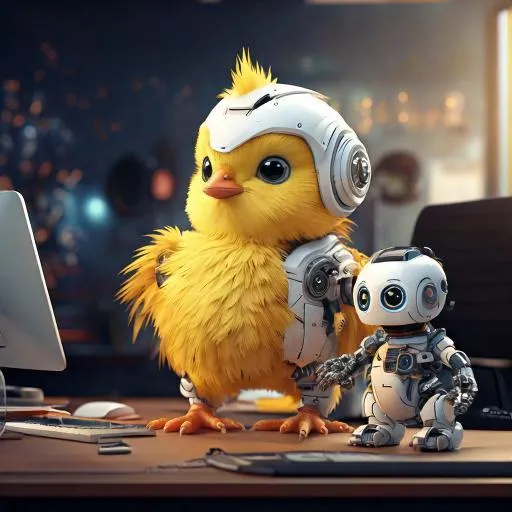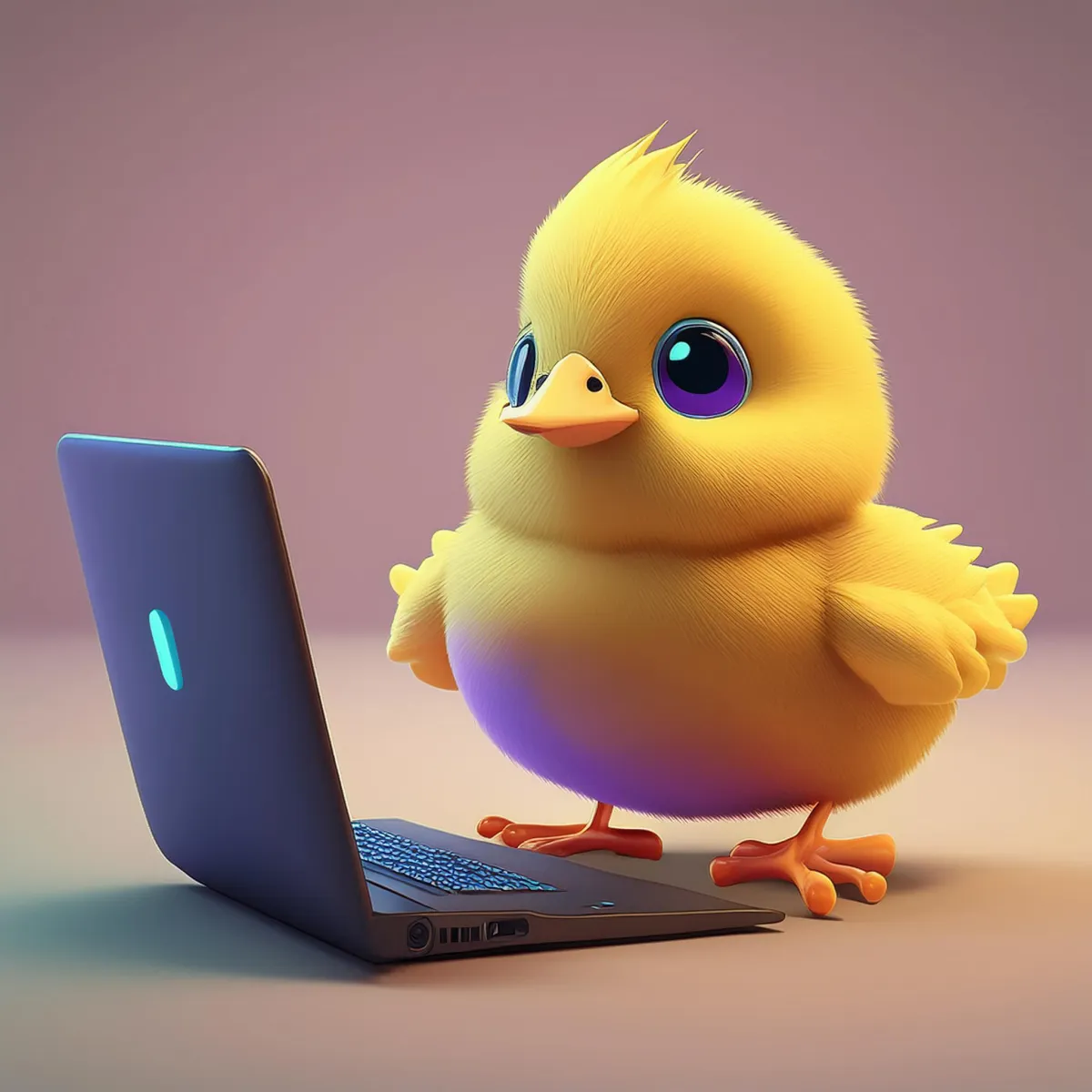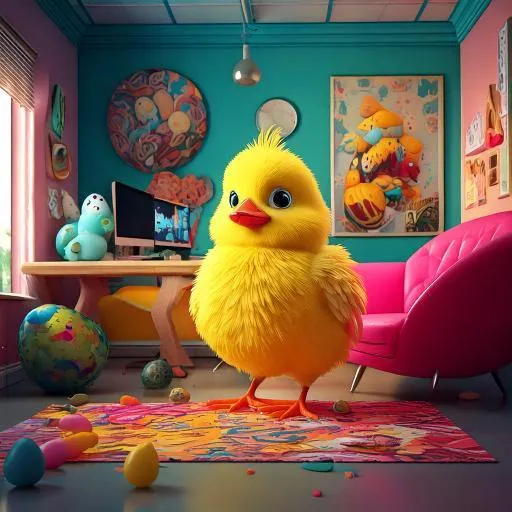MARKETING THAT ACTUALLY WORKS

At RCS blog, we bring you the latest trends, insights, and innovations shaping the world of marketing, design, and artificial intelligence. Stay ahead of the game with our expert analysis and deep dives into the strategies that will define 2025 and beyond.
Latest Articles:
AI-Powered Design: How AI is Revolutionizing Creativity
Bold Maximalism: The Rise of Dopamine-Driven Design
3D Depth in Graphics: Creating Immersive Visual Experiences
Upcoming Articles – Stay Tuned!
Marketing Trends for 2025: What You Need to Know
AI in Marketing: Controversies and Ethical Dilemmas
Web3 & Decentralization: The Future of Digital Branding

The Future of Design: 2025 Trends You Can’t Ignore
Graphic design is undergoing a bold transformation in 2025, integrating innovative elements that enhance visual impact and user experience. Hyperrealistic 3D elements add depth and realism, making visuals more immersive, while bold maximalism moves away from minimalism, embracing vibrant colors and intricate details to stand out. Dopamine design focuses on stimulating emotions through striking contrasts and dynamic compositions. AI-powered creativity is revolutionizing the industry, optimizing processes and generating unique visuals, while interactive and motion graphics increase engagement by making designs more dynamic and responsive. These trends are redefining visual communication, merging technology and creativity like never before.
AI-Enhanced
Design:
Artificial intelligence has become an essential tool for designers, enabling the creation of graphics and visual elements more efficiently and with greater personalization.
Creativity and technology come together to optimize productivity, making them the perfect fusion. AI enhances originality and efficiency, offering new opportunities and saving valuable time. If you're a designer or have worked with one, you know that creative blocks can be a real challenge—late nights, frustration, and the pressure to meet deadlines can be exhausting.
But AI is here to refine and enhance our ideas. Using AI isn't cheating; it's about amplifying and unlocking your creativity to its full potential.
This strategy is widely adopted by designers to generate more ideas, find inspiration, and boost productivity.
3D Depth and Surrealism
The integration of three-dimensional elements brings a sense of depth and realism to designs, making compositions more immersive and visually appealing.
Now, here comes the disruptive part—just as animated cartoons like Space Jamor Roger Rabbit once revolutionized the industry, today we are witnessing the rise of realism and hyperrealism combined with 3D animation and depth.
This is why our cartoons are evolving, transforming their characters by giving them more shape and dimension. But how?
Depth in design refers to the use of visual elements to create an illusion of three-dimensionality. It can spark visual interest and generate a sense of realism that captivates the audience. This graphic design strategy aims to craft immersive and lifelike visual experiences.
Dopamine Design
After years of minimalism dominating the design world, maximalism is making a strong comeback, embracing bold, intricate designs filled with vibrant colors to stand out in oversaturated digital environments.
Yes, we're talking about
dopamine design
—a stimulating and impulsive approach where "more is much more," completely eliminating minimalism. Neutral and pastel tones step aside to make way for vivid and even muted colors to create striking contrasts. This style thrives on dynamic shapes like lines, circles, squares, and diamonds, along with extravagant combinations.
Dopamine design is a strategy that aims to evoke positive emotions through interaction with visual, textual, and sensory elements.
The goal? To stimulate the release of dopamine, a neurotransmitter associated with pleasure.
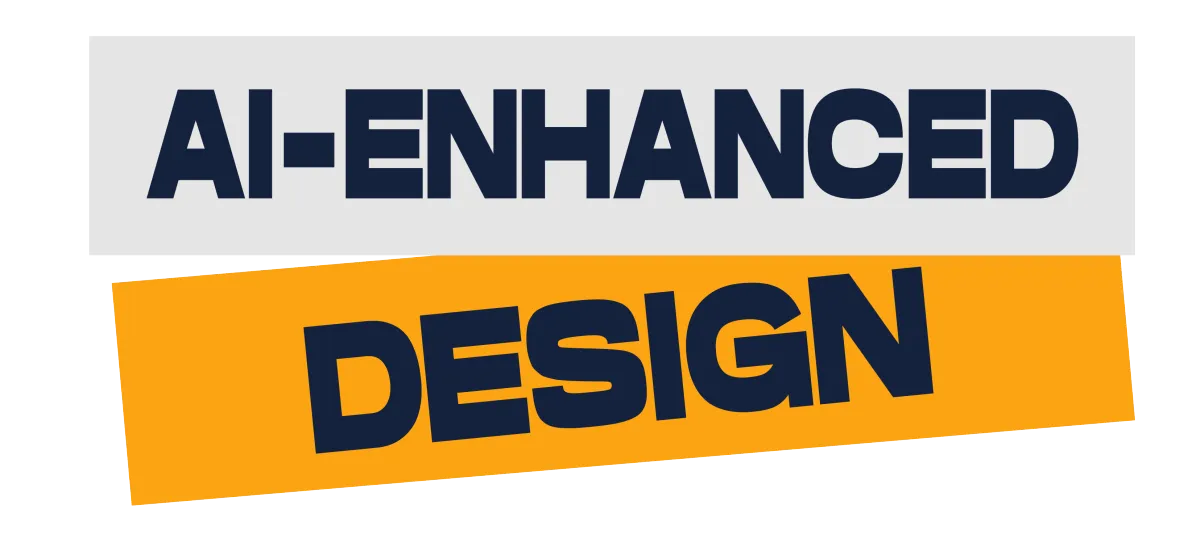
Artificial intelligence has revolutionized the way designers work, providing tools that enhance efficiency, creativity, and personalization. AI-powered design is not about replacing human creativity but about amplifying it, turning ideas into reality faster and with greater precision.
How AI is Transforming Design
Enhanced Creativity:
AI helps generate fresh ideas, color palettes, and design layouts, reducing creative blocks.
Efficiency & Speed: Automated tools streamline repetitive tasks, allowing designers to focus on high-impact creative work.
Personalization: AI-driven analytics enable hyper-personalized visuals tailored to specific audiences.
Endless Inspiration: From AI-generated mood boards to predictive design trends, AI fuels creativity like never before.
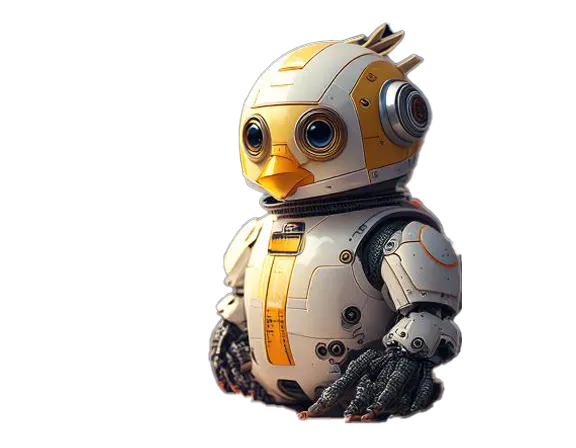
AI is Not a Threat—It’s a Superpower
Many fear that AI will replace designers, but in reality, it serves as an invaluable assistant. Instead of starting from scratch, designers can use AI to refine and enhance their work, saving time and unlocking new levels of creativity. AI doesn’t create for you; it creates with you.
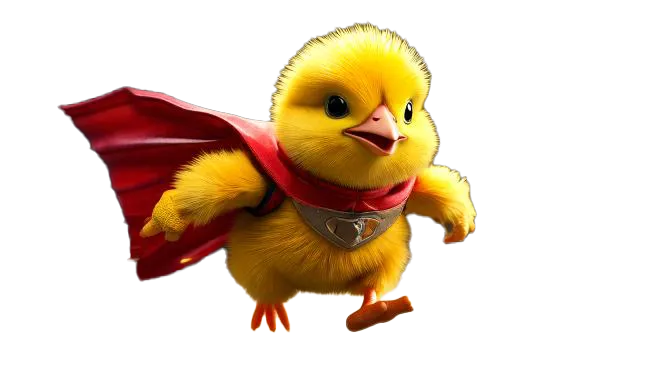
AI in Action: Real-World Applications
Adobe Firefly & DALL·E: Generate concept art and visual elements instantly.
Figma AI & MidJourney: Assist in UI/UX design and rapid prototyping.
Canva AI Tools: Help non-designers create professional graphics effortlessly.
The Future of AI-Driven Design
As AI continues to evolve, it will redefine the boundaries of creativity. Designers who embrace AI will not only stay ahead of the curve but will also set new standards in the industry. The key is to integrate AI as a collaborator, leveraging its power while maintaining the human touch that makes great design truly unique.
Are you ready to supercharge your creativity with AI?
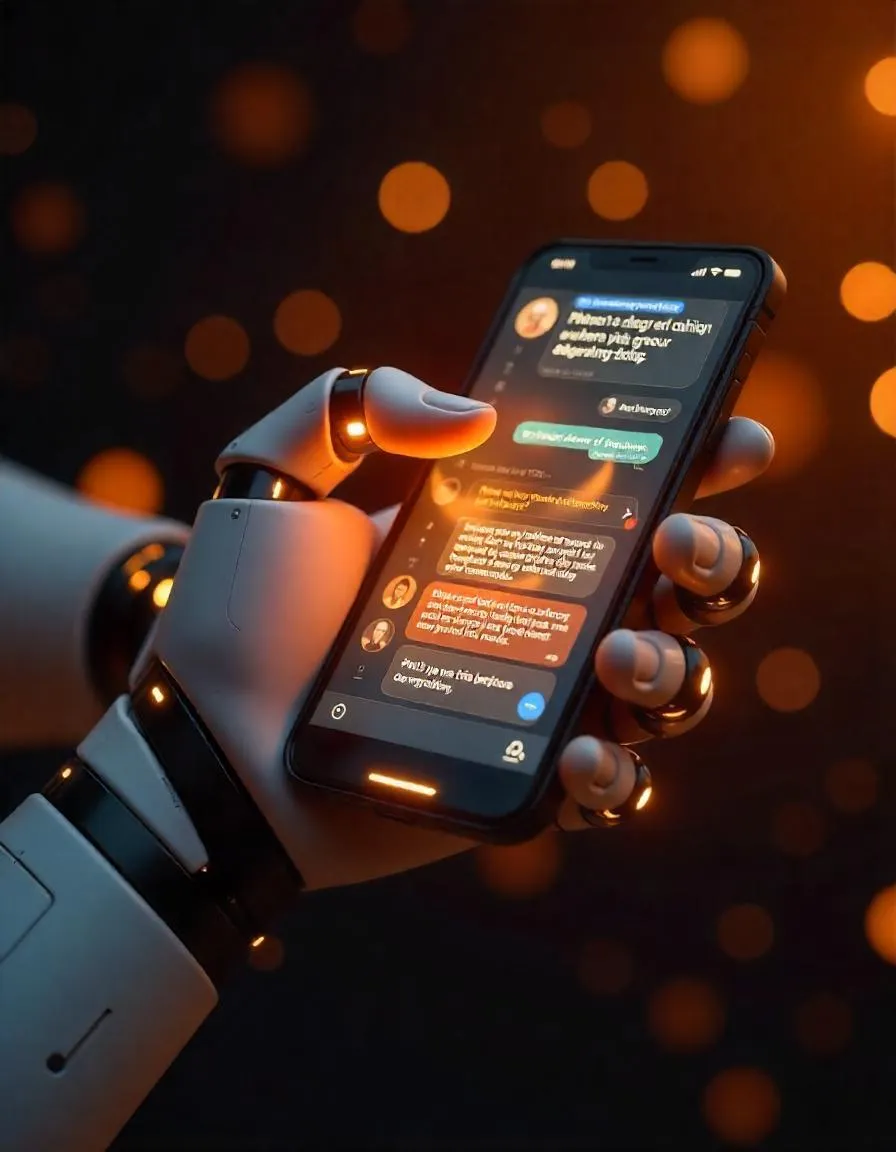
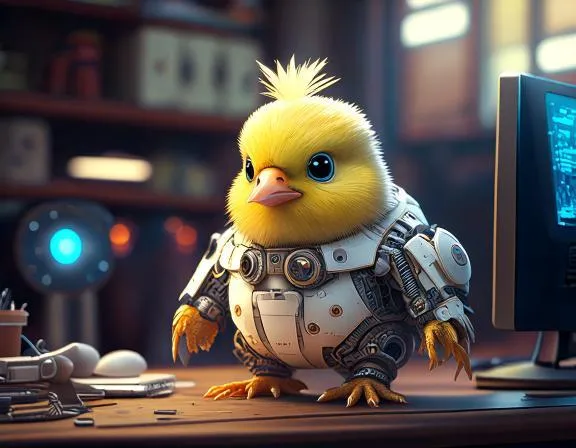

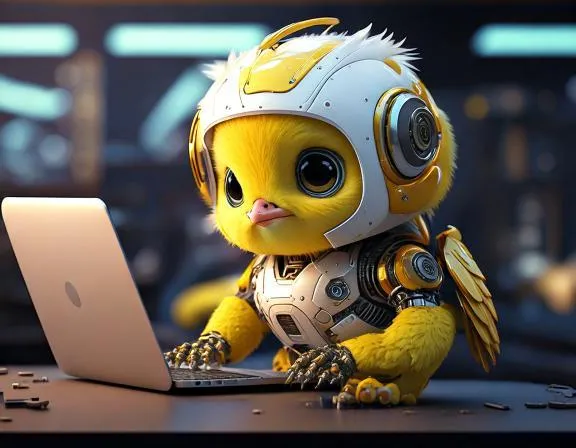
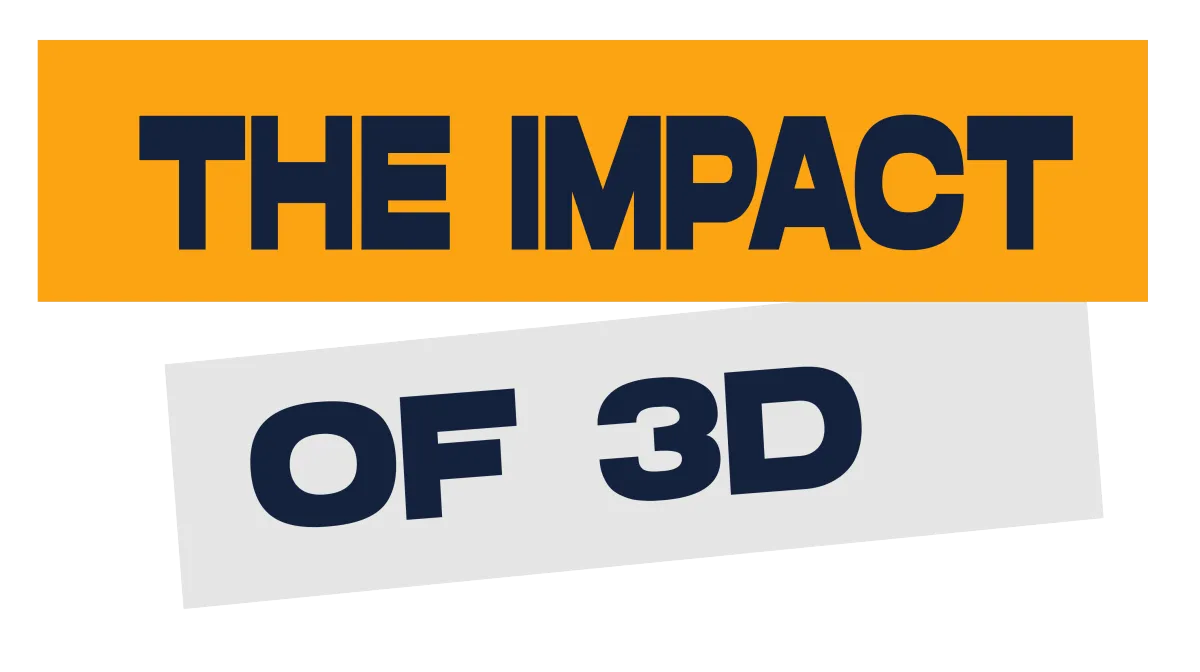
Today, the incorporation of three-dimensional elements in graphic design is not just a trend but a key strategy to capture user attention and enhance visual interaction. Depth in design not only adds realism but also transforms how brands communicate their messages.
Why is 3D design dominating the market?
3D has revolutionized industries such as advertising, animation, and branding due to the following factors:
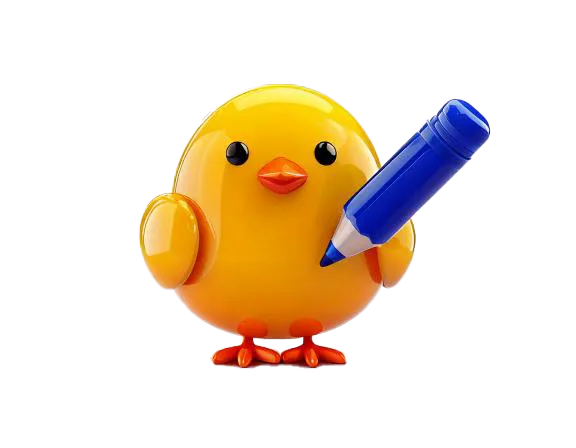
Increased realism: Three-dimensional elements create a deeper connection with the audience.
Immersive experiences: 3D design combined with animations and augmented reality creates more interactive environments.
Brand differentiation: Brands incorporating 3D into their visual identity stand out in a market saturated with digital content.
Some cases where three-dimensionality has transformed design:
User interfaces with neomorphism effect: Visual elements with shadows and highlights that create a smooth, realistic effect.
3D branding logos: Many brands are revamping their identities by incorporating volume and depth.
3D illustrations and characters: From advertising to video games, characters are now more expressive and detailed.
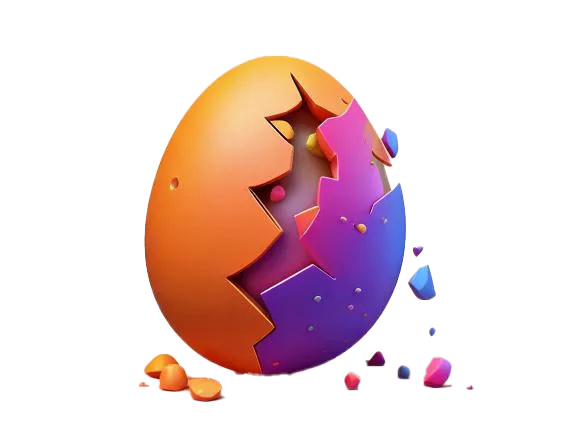
If you want to incorporate depth into your designs, these tools can help:
Blender: A free and powerful software for 3D modeling and animation.
Cinema 4D: Ideal for motion graphics and visual effects.
Adobe Dimension: Perfect for creating product mockups and renders.
Figma and Sketch with 3D plugins: To integrate three-dimensional elements into digital interfaces.
The future of three-dimensional design
The evolution of 3D design doesn’t stop here. With the rise of the metaverse, artificial intelligence, and augmented reality, integrating 3D into the digital world will become even more relevant.
Brands that embrace this approach will not only stand out visually but also offer innovative and memorable experiences for their users.
👉
Are you ready to incorporate depth and realism into your designs?
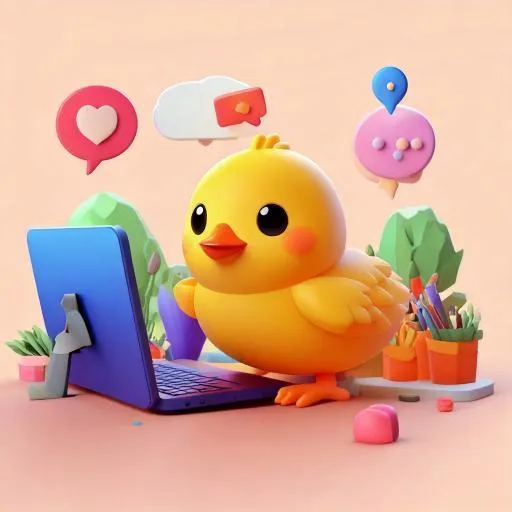
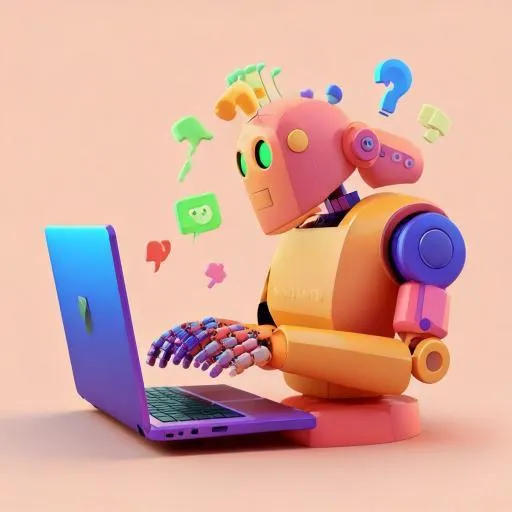
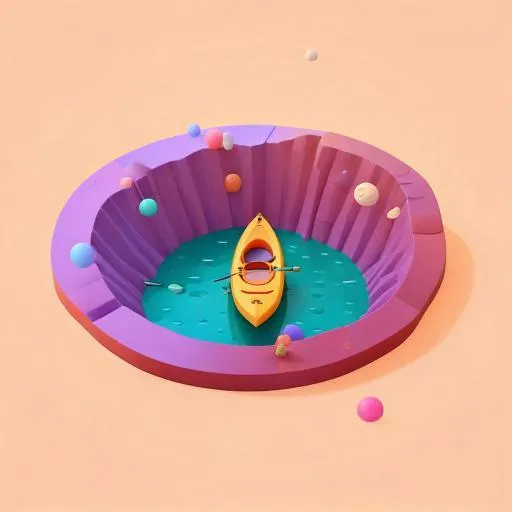
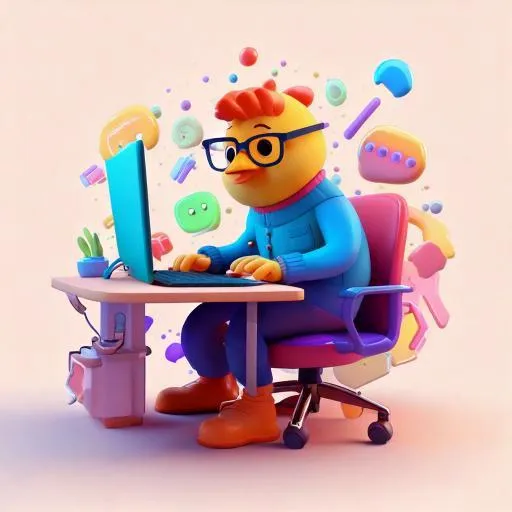
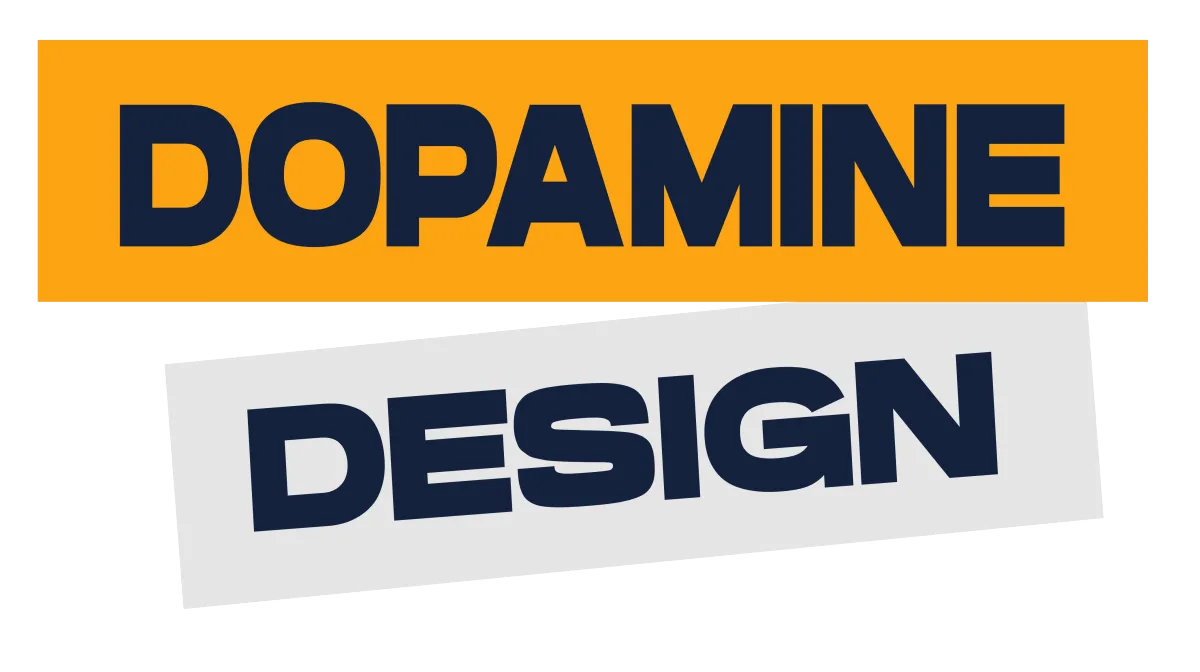
For years, minimalism has dictated the rules of visual aesthetics, emphasizing simplicity, neutral tones, and negative space.
However, as we move into 2025, a bold and expressive shift is taking over: dopamine design.
This approach embraces vibrant colors, intricate patterns, and maximalist compositions to create a visually stimulating experience that captivates audiences and stands out in an oversaturated digital landscape.
Why is 3D design dominating the market?
3D has revolutionized industries such as advertising, animation, and branding due to the following factors:
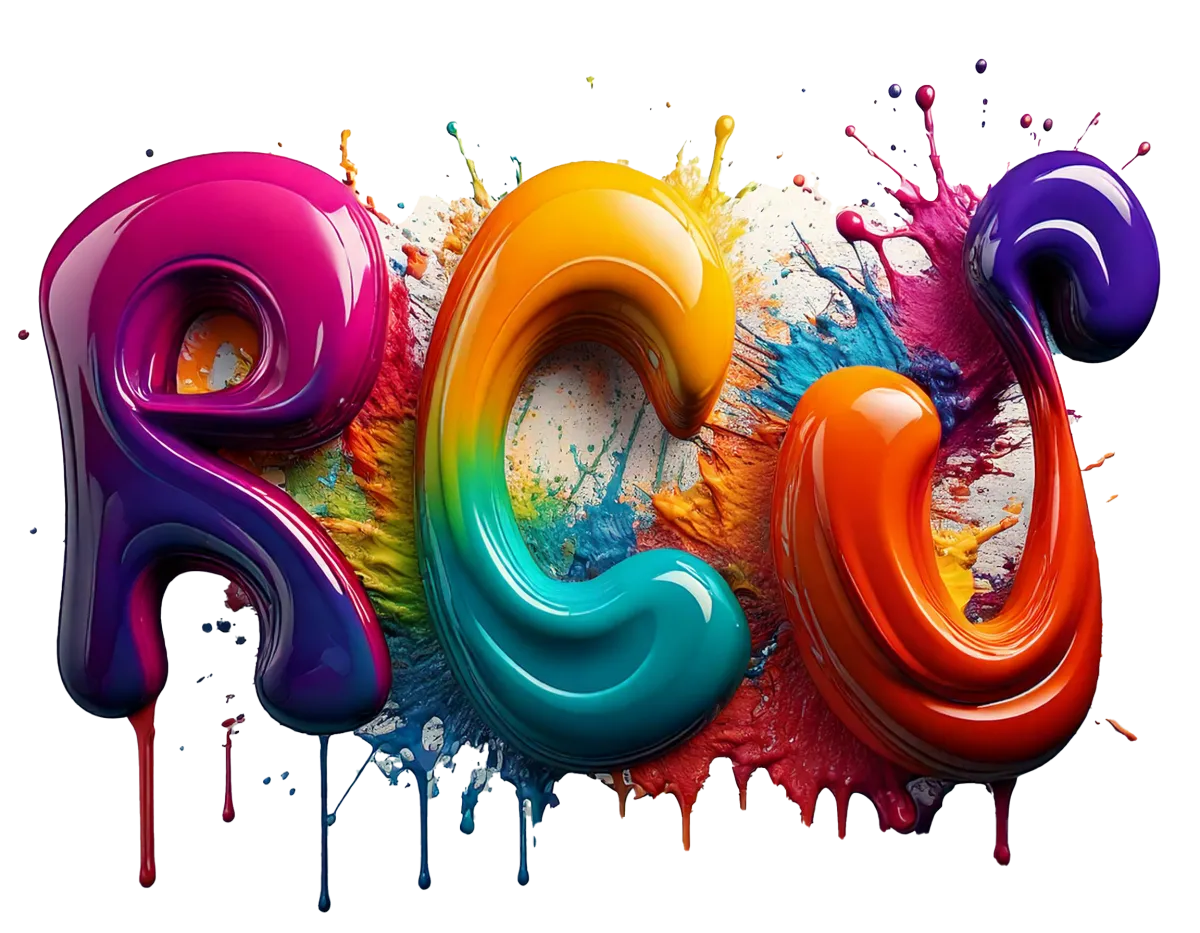
Vivid and Contrasting Colors: Say goodbye to pastels and muted tones—dopamine design thrives on bright, bold, and even clashing color palettes that demand attention. Electric blues, fiery reds, neon greens, and deep purples are all key players in this aesthetic.
Maximalist Aesthetics: In this movement, more is more. Layered elements, dynamic compositions, and intricate patterns create a sense of abundance and visual richness that immerses the viewer.
Bold Typography & Graphics: Fonts in dopamine design are often oversized,playful, and unconventional. Handwritten styles, futuristic typefaces, and 3D lettering contribute to the energetic feel of this aesthetic.
Abstract & Geometric Shapes: Expect a mix of lines, circles, squares, diamonds, and unexpected shape combinations.
that add a sense of movement and rhythm to designs.
Nostalgic & Futuristic Blends: Many dopamine-driven visuals pull inspiration from 90s aesthetics, Y2K graphics, and futuristic cyberpunk elements, creating a blend of past and future influences.
Why is Dopamine Design Trending?
Emotional Engagement
Bright and energetic visuals trigger positive emotional responses, making content more memorable and shareable.
Standing Out in Digital Spaces
With social media and digital marketing becoming increasingly competitive, dopamine design grabs attention instantly and encourages interaction.
Personalized & Expressive Branding
Brands are moving away from minimalist sameness to bold, unique, and expressive identities that connect with audiences on an emotional level.

How to Implement Dopamine Design in Your Brand
Experiment with Color Psychology: Use colors that evoke happiness, excitement, and confidence.
Break Traditional Layouts: Overlapping elements, asymmetry, and mixed media can create dynamic compositions.
Use Interactive & Motion Elements: Animations, GIFs, and micro-interactions amplify engagement.
Mix Retro & Futuristic Vibes: Combine nostalgic elements with forward-thinking visuals.
Prioritize Emotion & Playfulness:Make your designs fun, engaging, and full of personality.
Dopamine design is not just a trend—it’s a response
To digital fatigue and the craving for bold, emotionally resonant experiences. As 2025 unfolds, expect to see brands, websites, and marketing campaigns embracing this vibrant and expressive movement to create deeper connections with their audiences.
Are you ready to inject some dopamine into your designs?
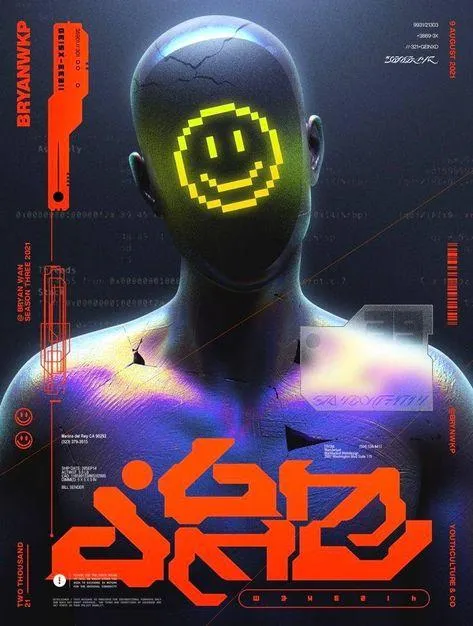
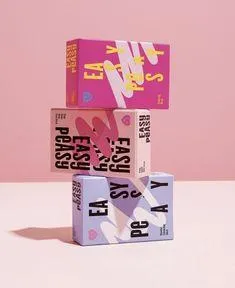
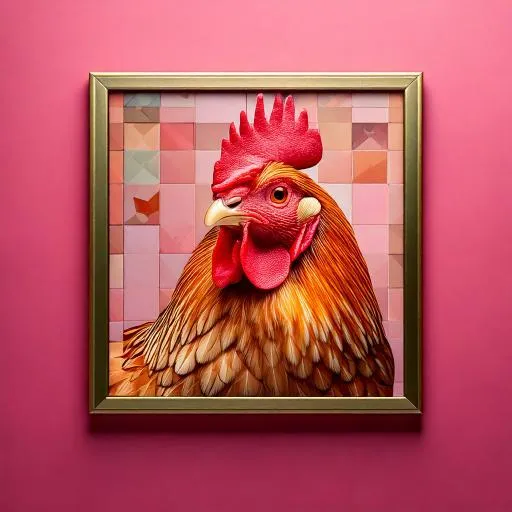

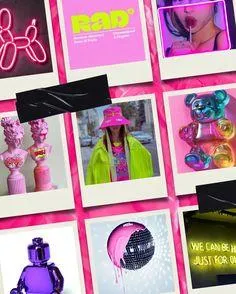
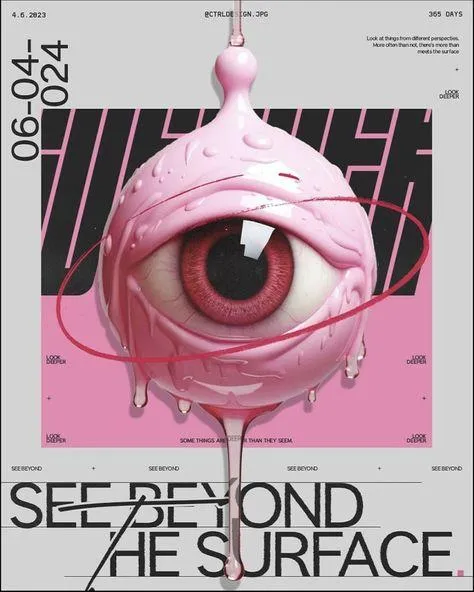
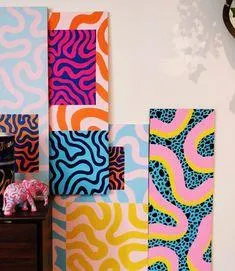
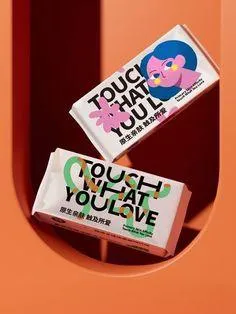

Digital Marketing Trends for 2025
Digital marketing continues to evolve with technological advancements and shifting consumer preferences. For 2025, key trends include:
Generative AI:
Beyond chatbots, generative AI is being used to create personalized content, enhance customer experiences, and optimize marketing strategies
Web and Decentralized Ecosystems:
Marketing on decentralized platforms is gaining traction, offering new opportunities for user engagement and interaction.
Zero-Party Data:
Brands are focusing on collecting data directly provided by consumers, allowing for more precise personalization while respecting privacy.
Controversial Topics in AI and Marketing
The integration of artificial intelligence in marketing has sparked debates on several issues:
Data Privacy:
The use of AI to analyze vast amounts of data raises concerns about consumer information protection.
Dehumanization of Interaction:
Excessive automation can lead to less human interactions, impacting the relationship between brands and customers.
Technological Dependence:
Companies may become overly reliant on AI, neglecting creativity and human judgment in their marketing strategies.



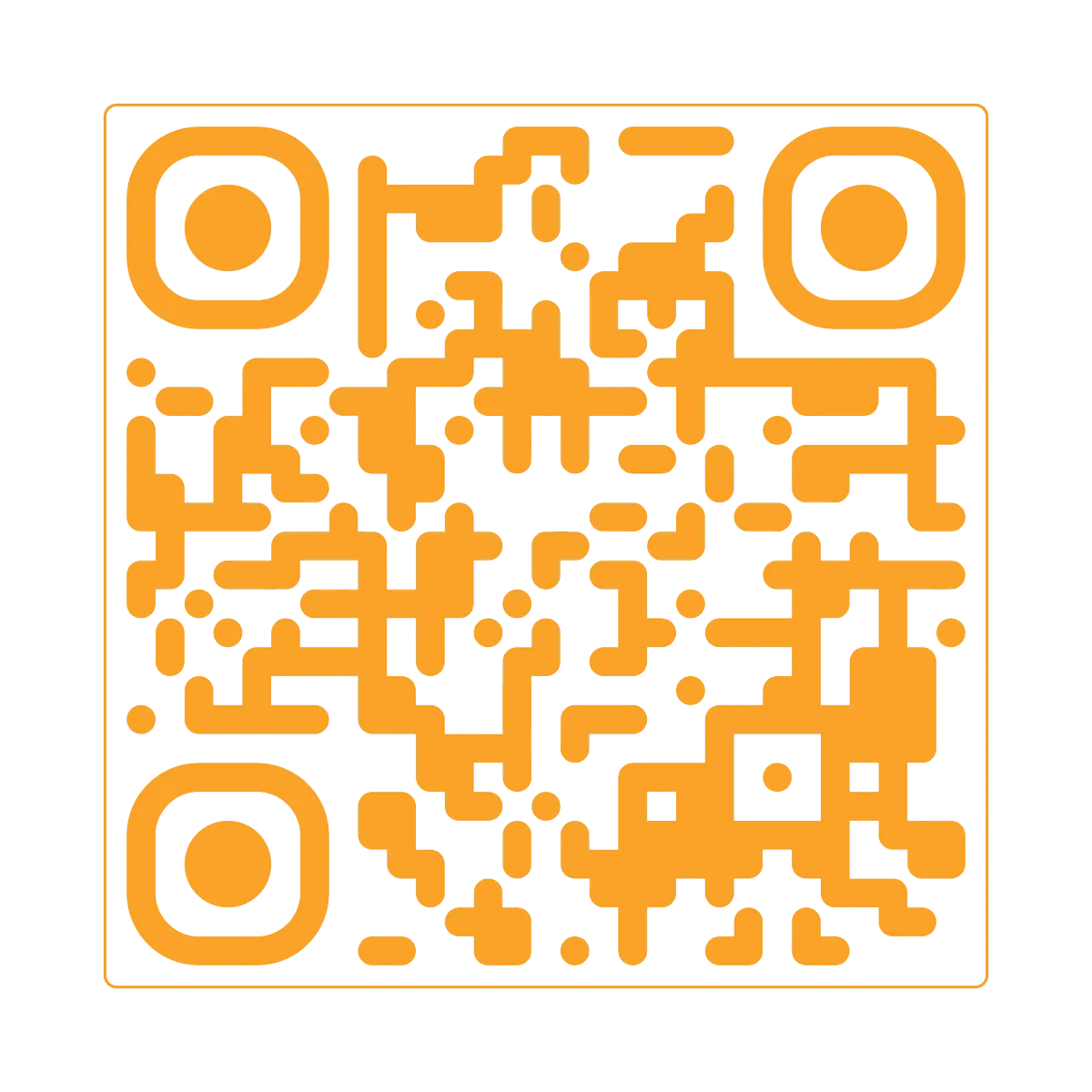
🎨 Free Fonts & Design Assets🧠 Expert Tech Consulting🎓 Access to Reborn Academy: Classes & Courses 🛠️ Assistance & Support from Our Team💡 Free Tutorials & Workshops🖥️ Exclusive Webinars & Q&A Sessions💬 A vibrant space to connect with fellow creatives!
442 708 9732
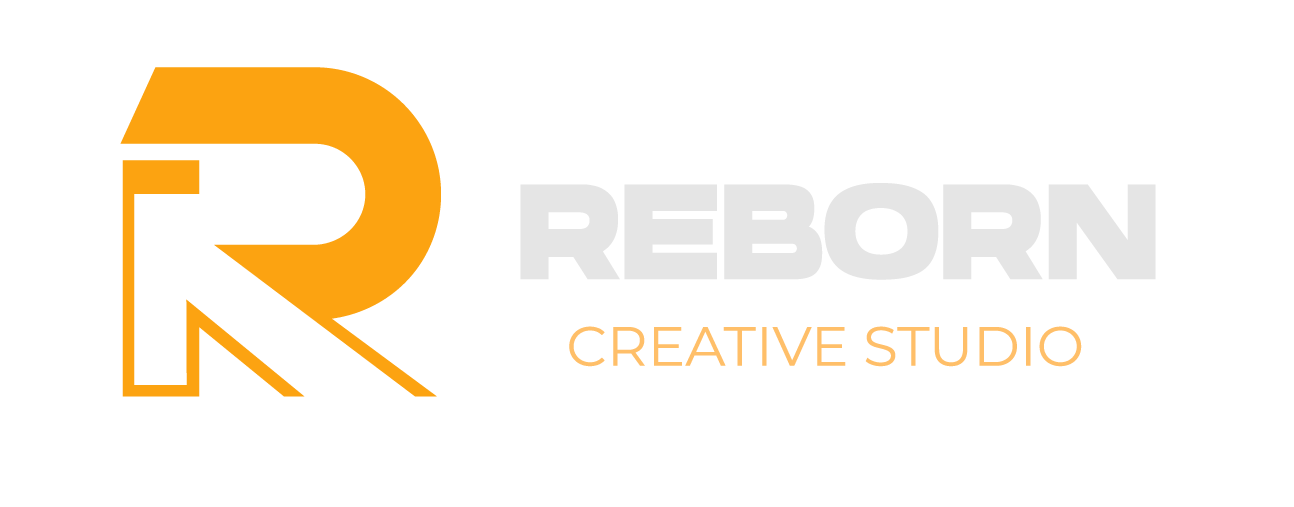
442 708 9732
Copyright Reborn Creative Studio 2021 --All Rights Reserved
Marketing that actually works.

